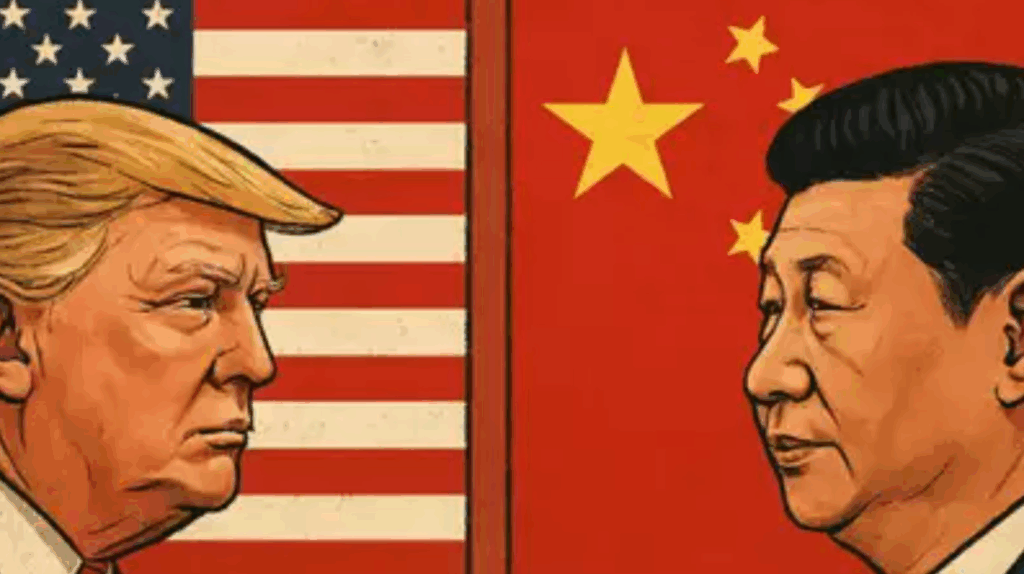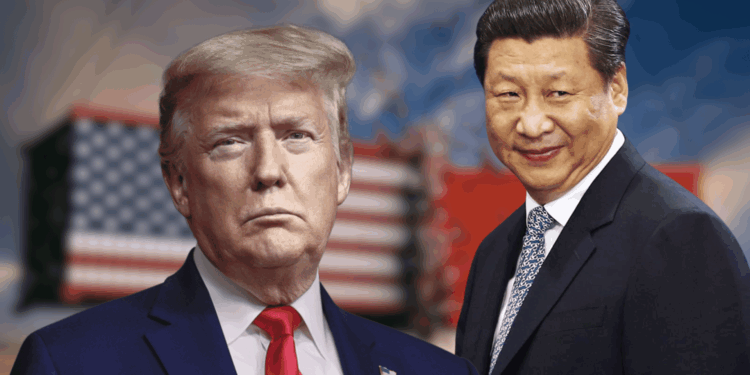- China could face up to 245% in U.S. tariffs, combining several new and existing trade penalties.
- Trump’s trade war strategy aims to boost U.S. manufacturing but is straining global supply chains and raising costs.
- China named a new trade negotiator as both sides signal openness to talks, despite rising tension and tough rhetoric.
The White House says China could soon face tariffs as high as 245% on goods shipped to the U.S., citing Beijing’s retaliation and “national security risks” tied to imports like critical minerals. That eye-popping figure stacks Trump’s new fentanyl-related levies on top of existing Section 301 tariffs—like the 100% ones still hanging over electric vehicles.
Global Markets Jitter, Supply Chains Rattle
With U.S.-China trade tensions escalating yet again, businesses are bracing for price hikes and supply chain disruptions. Trump’s team hopes the pressure will pull more manufacturing back to the States—but for Chinese exporters, losing the U.S. market is a tough pill. Many will have to pivot toward the EU or other regions to stay afloat.
China Pushes Back, Names New Trade Negotiator
China didn’t stay quiet—officials said they’re not afraid of a trade war, even if they don’t want one. Foreign Ministry rep Lin Jian called the tariffs “unreasonable” and insisted China’s countermeasures are fair. Meanwhile, Beijing tapped Li Chenggang, a veteran WTO figure, as its new trade point-man—possibly hinting at a fresh approach, but don’t expect fireworks just yet.

What’s Next?
Despite all the tough talk, both sides claim they’re open to sitting down at the table. Trump’s team is also negotiating with over a dozen countries—and could try to squeeze China by offering better terms to others willing to play ball with Washington. One thing’s clear: this trade war isn’t cooling off anytime soon.














